
The Jaguar and the Cow: A Parable of Trust and Temptation
In a Quiet Valley: The Story of the Jaguar and the Cow
In a quiet valley, cradled by mountains that held back the wildest winds and shadowed by peaks where winters descended like an iron fist, the villagers once witnessed something they could scarcely explain. It began, as most things do, with survival. But over time, it transformed—into a story of loss, a quiet parable whispered across hearths and doorways, about choices made in silence, the virtue of patience, and the steep cost of yielding to hunger too quickly.
For four years, an unlikely pair became a familiar sight to those who lived on the village’s edge. There, just past the last fences, where the world grew wild again, they could sometimes be seen under the flicker of a weathered lamp or nestled beside the moss-covered wall of an old shed: a jaguar and a cow.
The jaguar—powerful, feared, a symbol of both grace and danger—did not stalk or strike. And the cow—gentle, slow, vulnerable by nature—did not flee. Instead, they leaned into each other beneath the cold night skies. No one knew how their strange bond had formed, but they seemed inseparable. Side by side, they weathered the chill. They shared warmth when the frost came down like knives. What should have been predator and prey became something else—something neither logic nor instinct could fully explain.
Through storms that lashed the valley, through blizzards that turned paths to ghosts and trees to skeletons, they endured. The cow’s breath steamed steadily in the frozen air, offering warmth and rhythm. The jaguar’s fur, thick and golden, became shelter. And though no one dared approach too closely, the villagers often watched from their windows, shaking their heads in wonder. It wasn’t affection that bound them, perhaps, but something even rarer: mutual need. A quiet agreement to keep each other alive.
But nothing in nature stays untouched for long.
One summer, everything changed.
The loggers came with their machines and their promises. Forest after forest fell beneath blades and fire. Rivers narrowed to mere whispers of what they had been. The ecosystem that had once fed the valley’s predators began to crumble. The deer vanished first. Then the guanacos, the wild pigs, the foxes. The forest no longer echoed with the cries of life—it stood quiet, barren, stripped of balance.
Hunger found the jaguar like a creeping flame. At first, he adjusted. Rabbits, birds, mice—he hunted what he could. But these were fleeting meals, never enough to still the growing ache that roared louder with each passing night. His body thinned, and though he still curled beside the cow as the nights grew cool again, the hunger was changing him. Not just in the body, but in the mind. Hunger, as the villagers would later say, is not just emptiness—it is erosion.
And then came the night when temptation became too heavy to bear.
Instead of enduring, instead of choosing restraint or remembrance, the jaguar gave in. The cow—his companion through four brutal winters, the source of warmth and steadiness—became his only full meal in months. In a single moment, trust collapsed beneath the weight of need. The bond that had defied nature was shattered by a single act.
He ate.
For a while, silence followed. His body was full, his strength returned. But satisfaction is a shallow thing when weighed against something deeper. In the weeks that followed, the deer did not come back. The guanacos did not return. The trees did not grow again. What the jaguar had lost could not be replaced.
And when winter came once more, fiercer and crueler than any before, the jaguar had no warmth to lean into. No steady breath beside him. Only snow and silence, and the sharp loneliness of a choice made too late.
They found him when the thaw came—curled beneath a ledge, still as the stones around him. His body had yielded to the frost. His life ended not because he lacked strength, but because he had forsaken the one thing that had kept him truly alive.
The story spread through the valley, passed from mouth to mouth like a prayer or a warning. Some called it a tale of nature’s cruelty. Others called it a fable—about the cost of impulse, the fragility of trust, and the strength it takes to resist what seems necessary in the moment.
What saved the jaguar, people said, had never been his claws, or his hunger, or even his resilience. It had been the quiet bond he had kept. And what destroyed him was not winter, but the decision to betray the very thing that had sustained him most.
The jaguar and the cow are gone now. But their story lingers like the wind between the trees. It reminds us that survival is not only about what we take, but what we choose to protect. That some bonds, once broken, cannot be restored—not with regret, not with longing.
And that sometimes, the hardest battle is not against the cold or the hunger—but against the part of ourselves that forgets the value of what we already have.
News in the same category


Little Mackenzie’s Miracle: How One Tiny Fighter Gave Her Family Hope Beyond Fear

The White Miracle: How an Unwanted Albino Panda Found a Mother’s Love
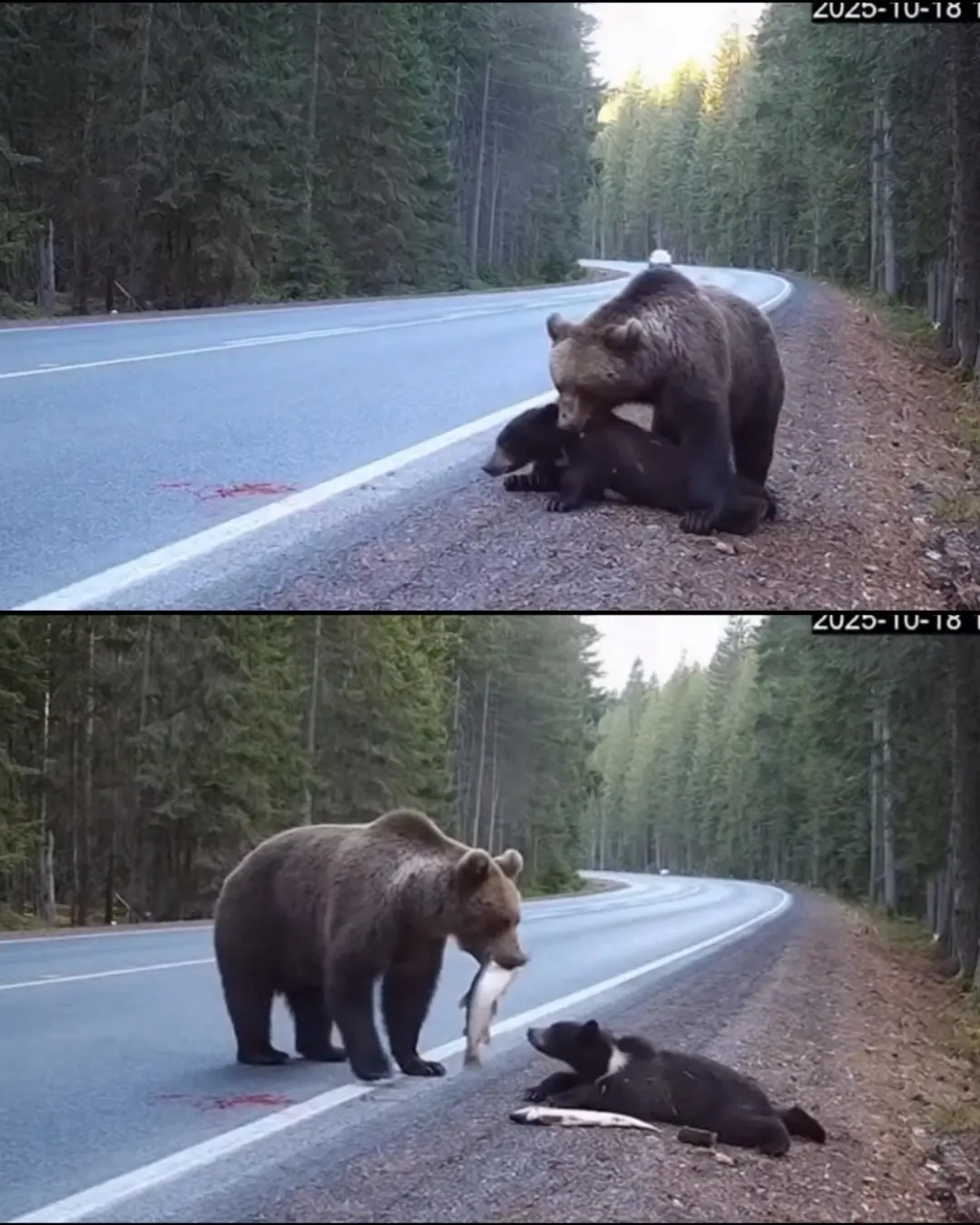
The Heartbreaking Journey of a Mother's Love: A Bear's Unyielding Fight for Her Injured Cub
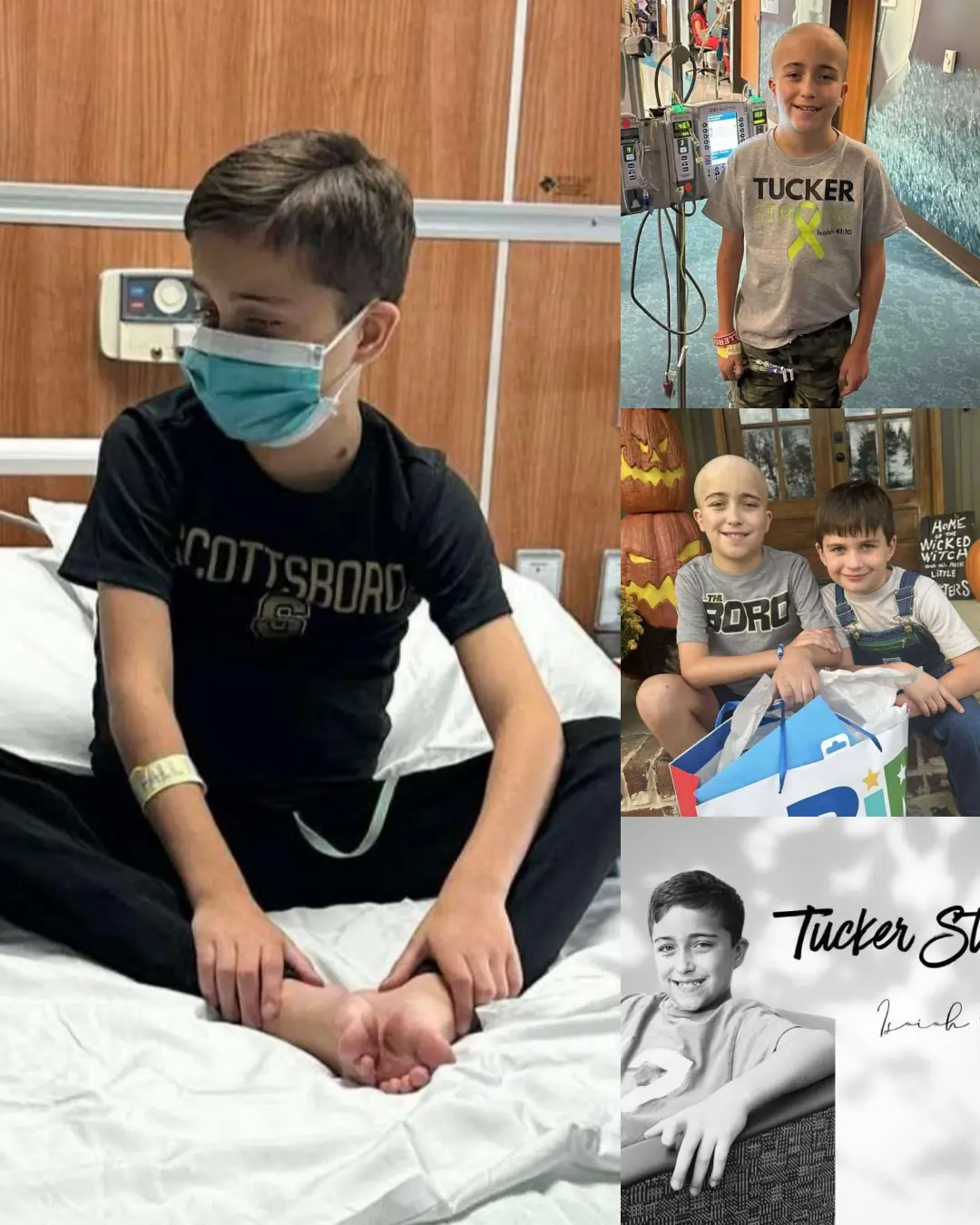
Celebrating Tucker Bradford’s 11th Birthday: A Story of Strength and Resilience
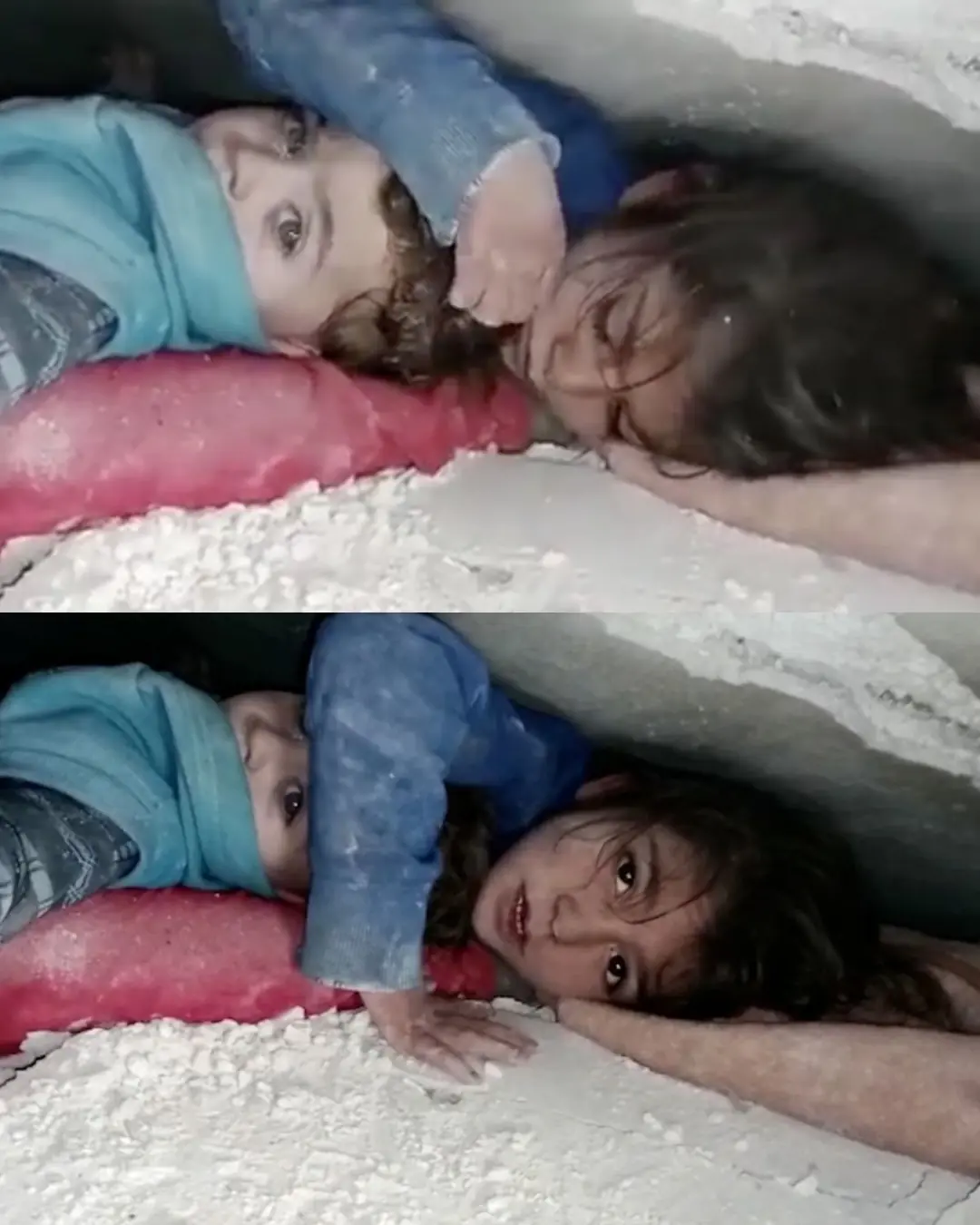
The Hand That Never Let Go.
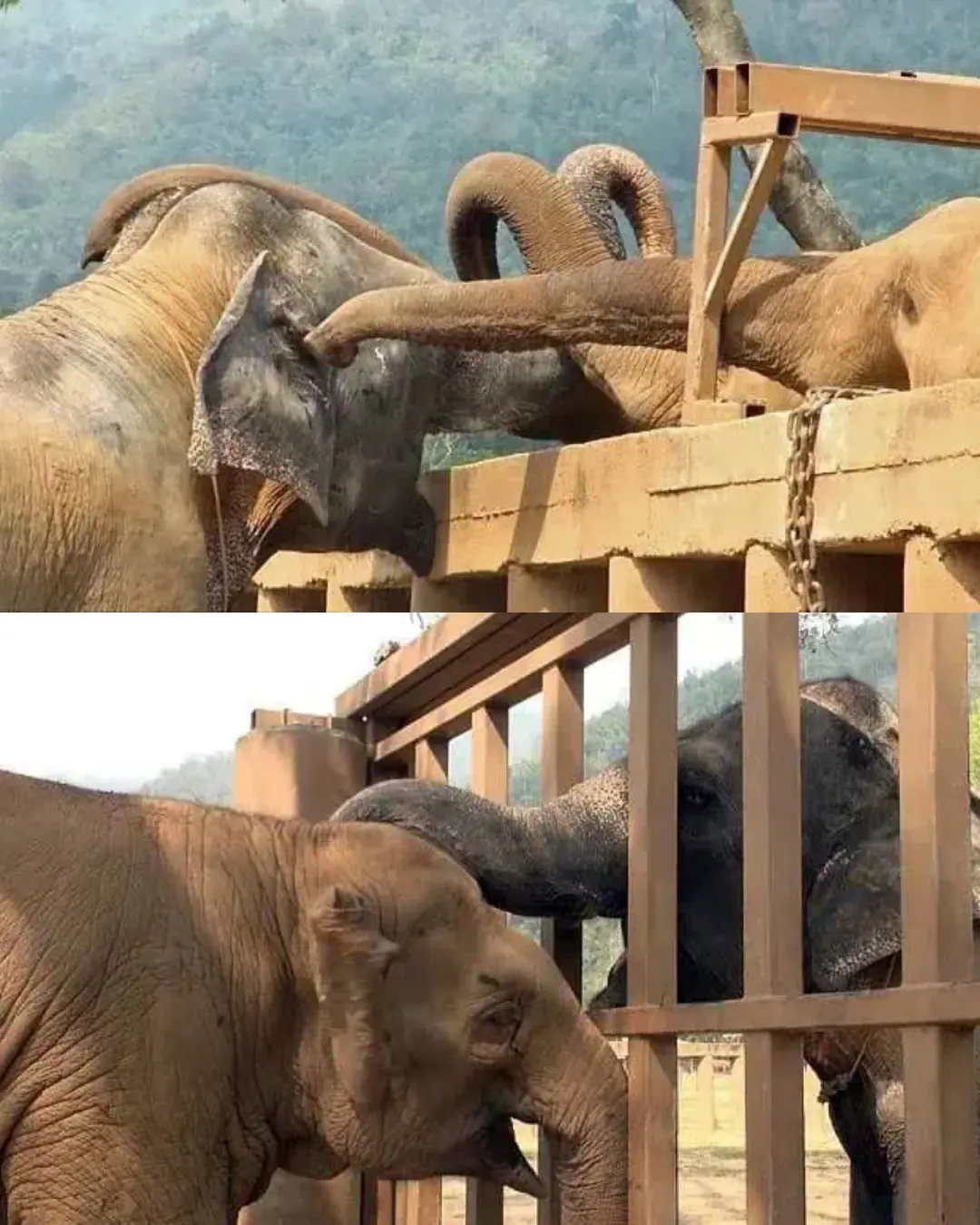
A Blind Elephant’s First Embrace: The Moment Ploy Thong Found Her Family.

The Homeless Valedictorian: How One Teen Turned Pain Into Purpose.

The Night a Teen Dove into Darkness to Save Four Lives.

Update on Lamo: Injured Dog Faces Uncertain Future After Being Run Over
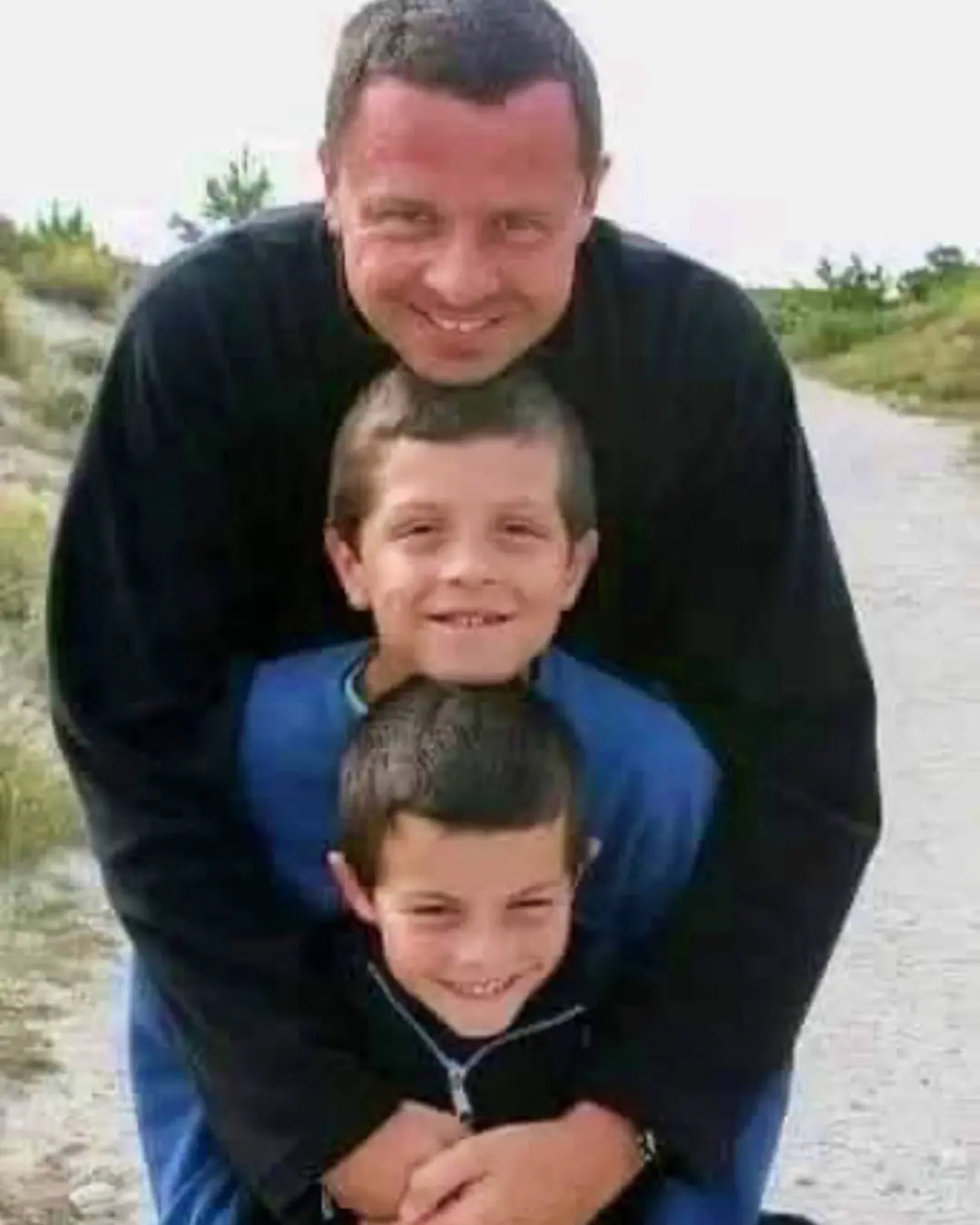
Becoming Dad: How Love, Patience, and Commitment Built a Family

A Babysitter’s Gift of Life.
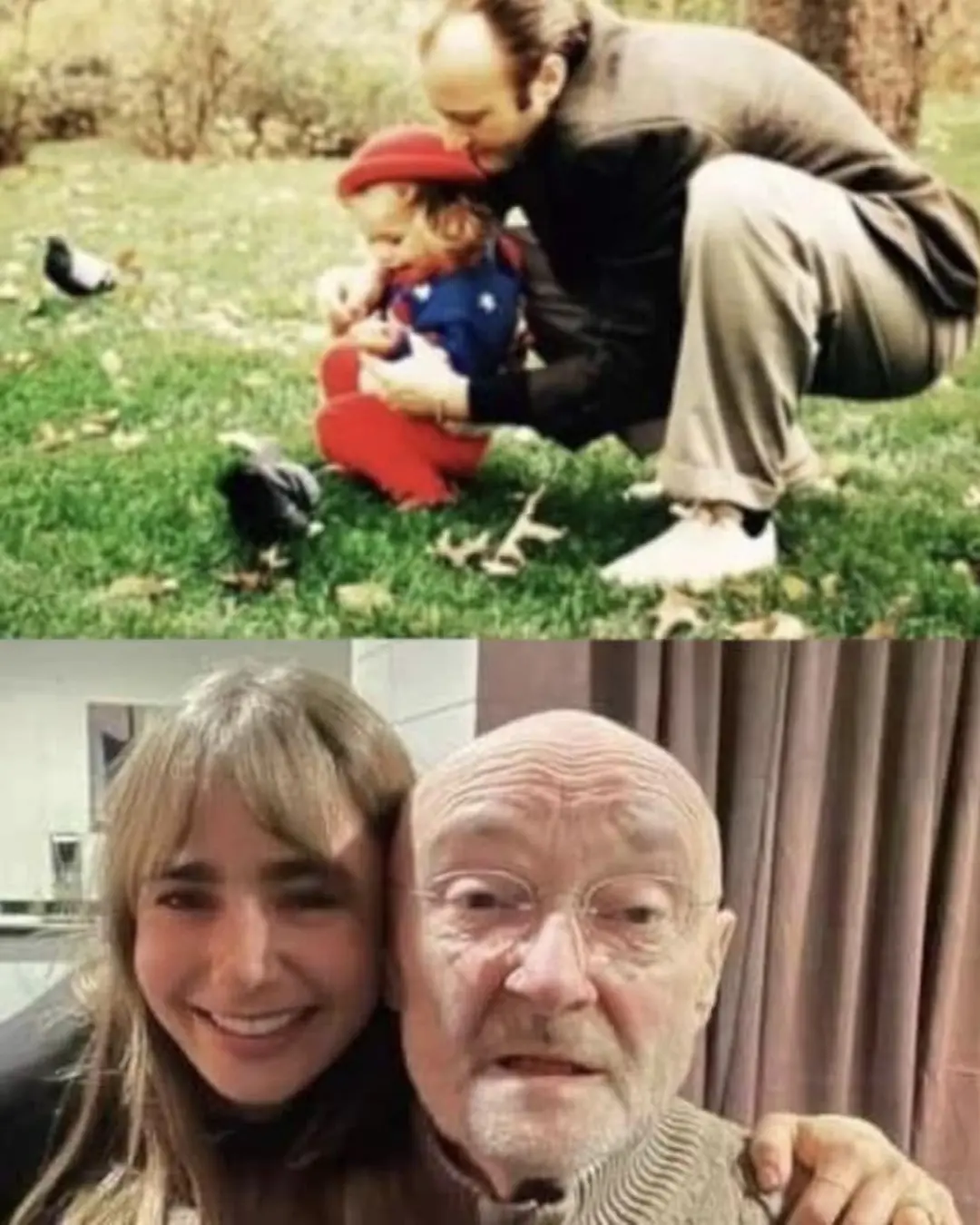
A Daughter’s Timeless Love.

A Heart of Gold in the Classroom.

9/11: The Images That Changed the World
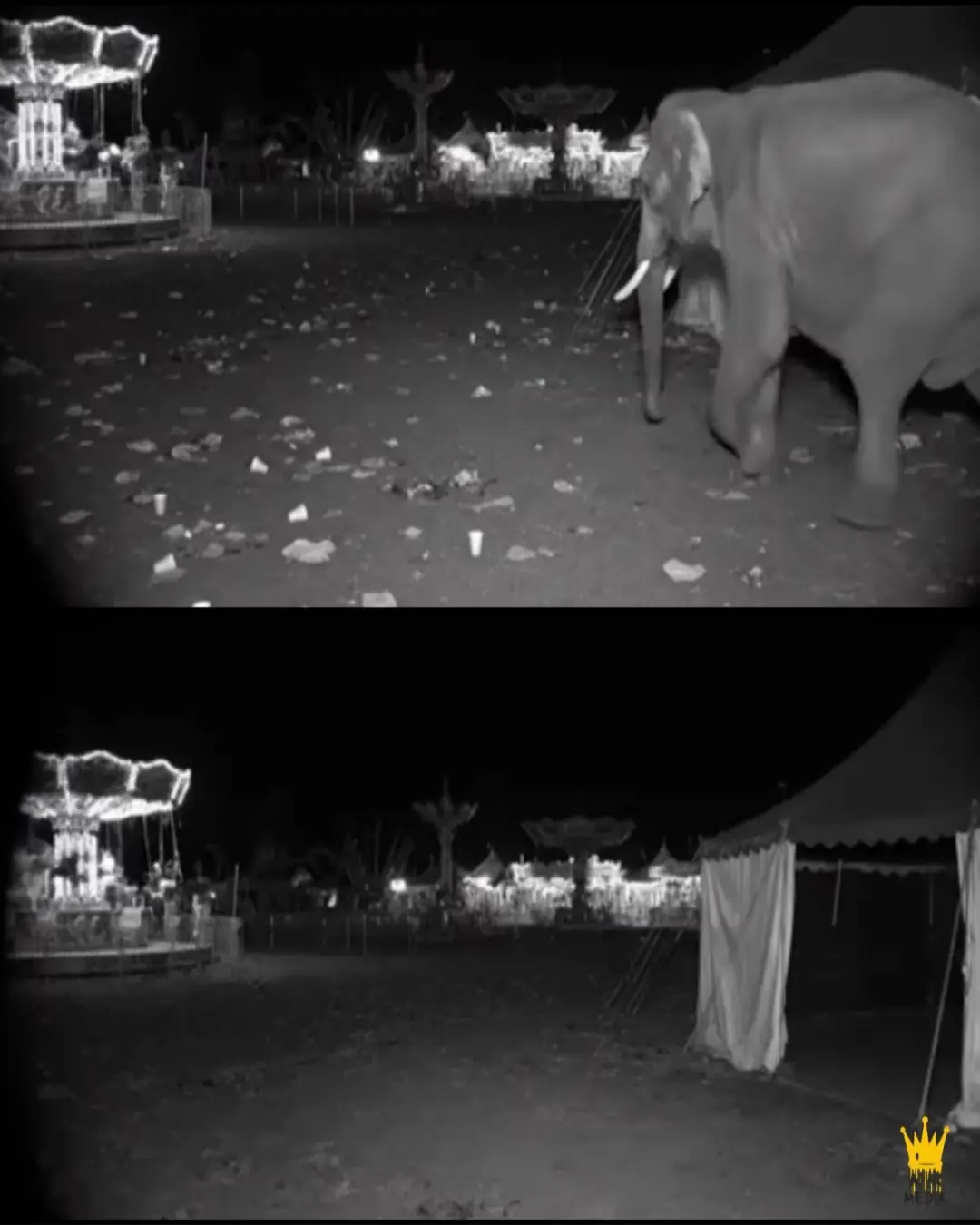
The Elephant Who Cleaned the Carnival Grounds
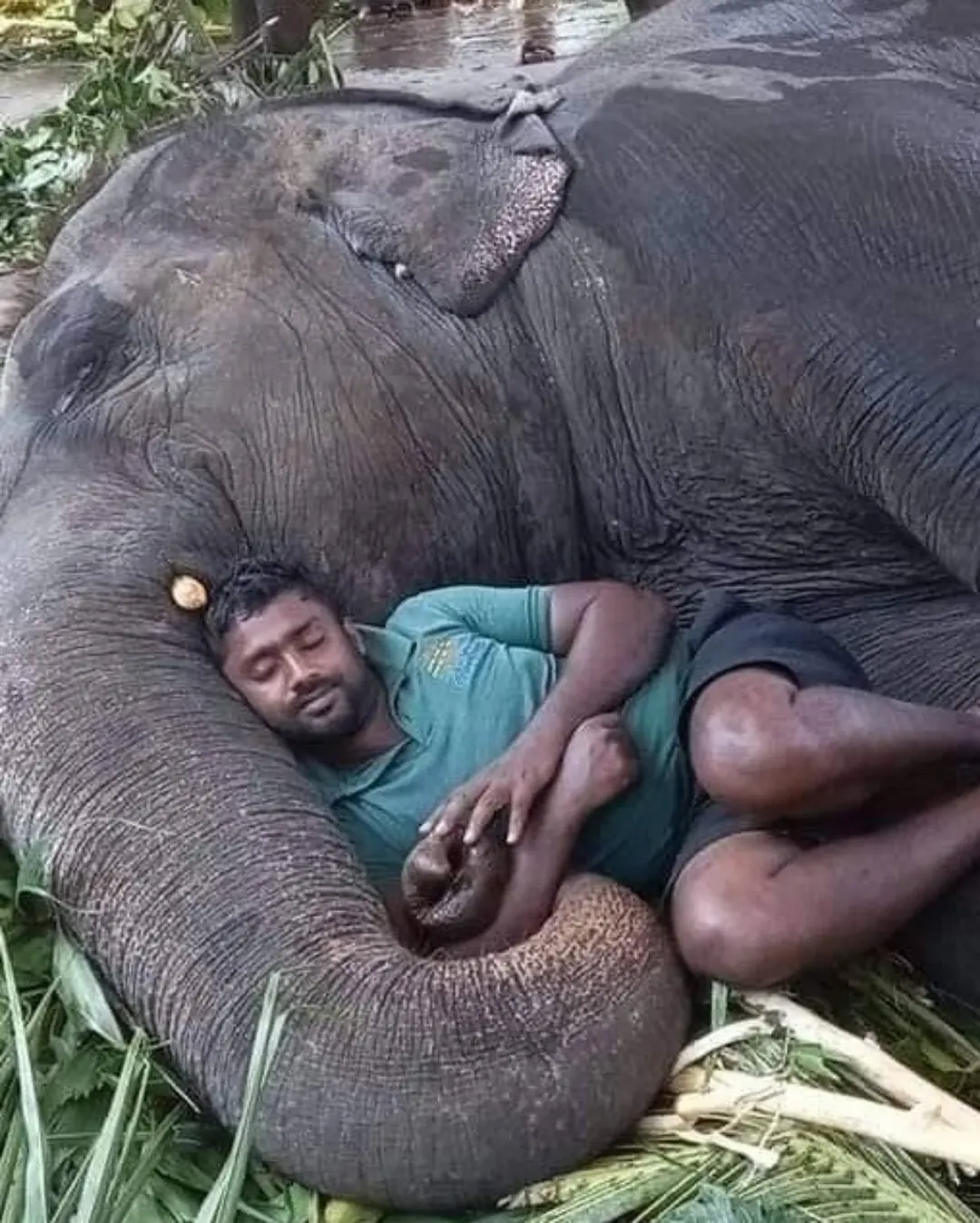
When the Walls Come Down: A Man, an Elephant, and the Quiet Power of Trust.91
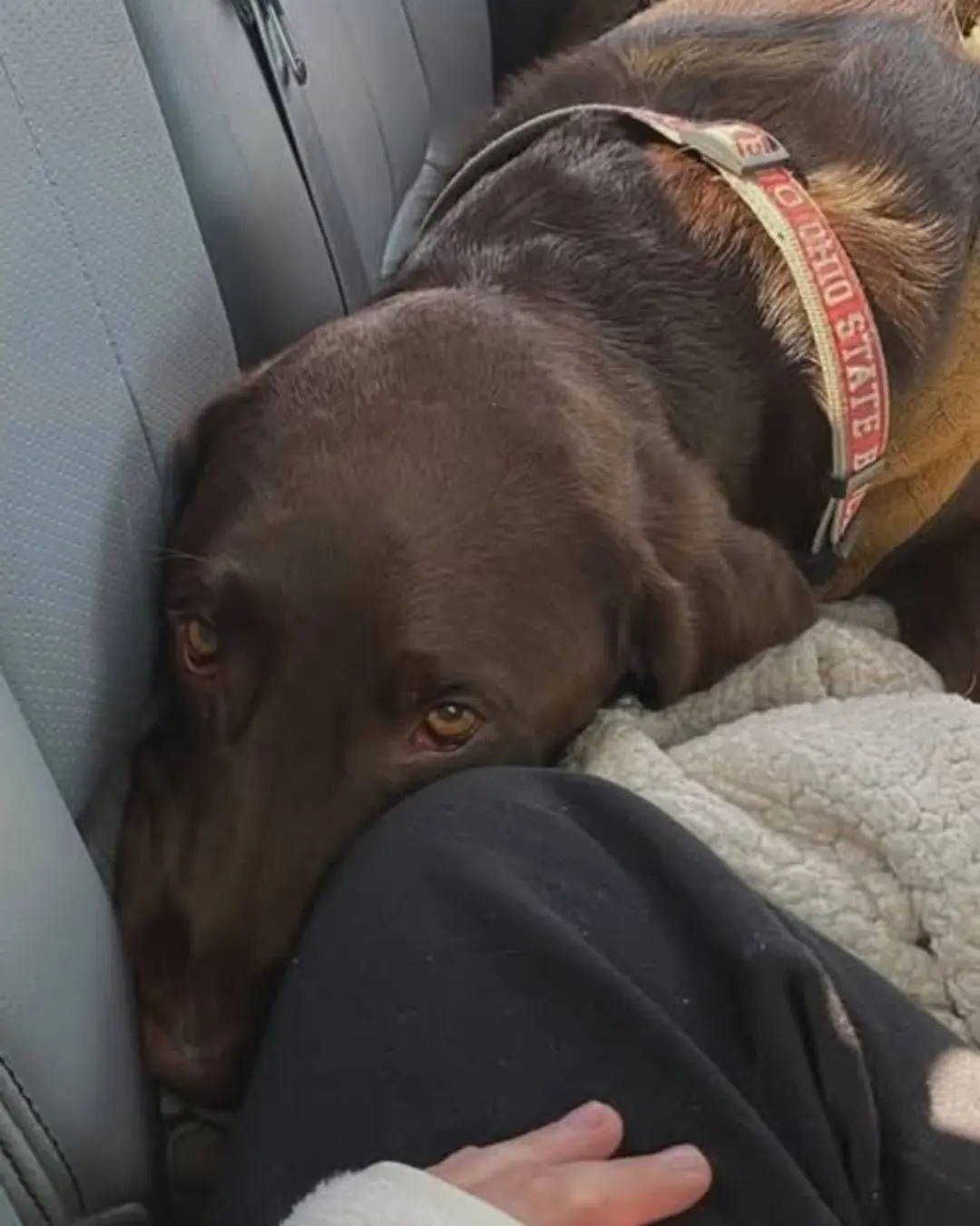
A Second Chance for the Oldest Soul: The Story of a Dog Who Found Love Again
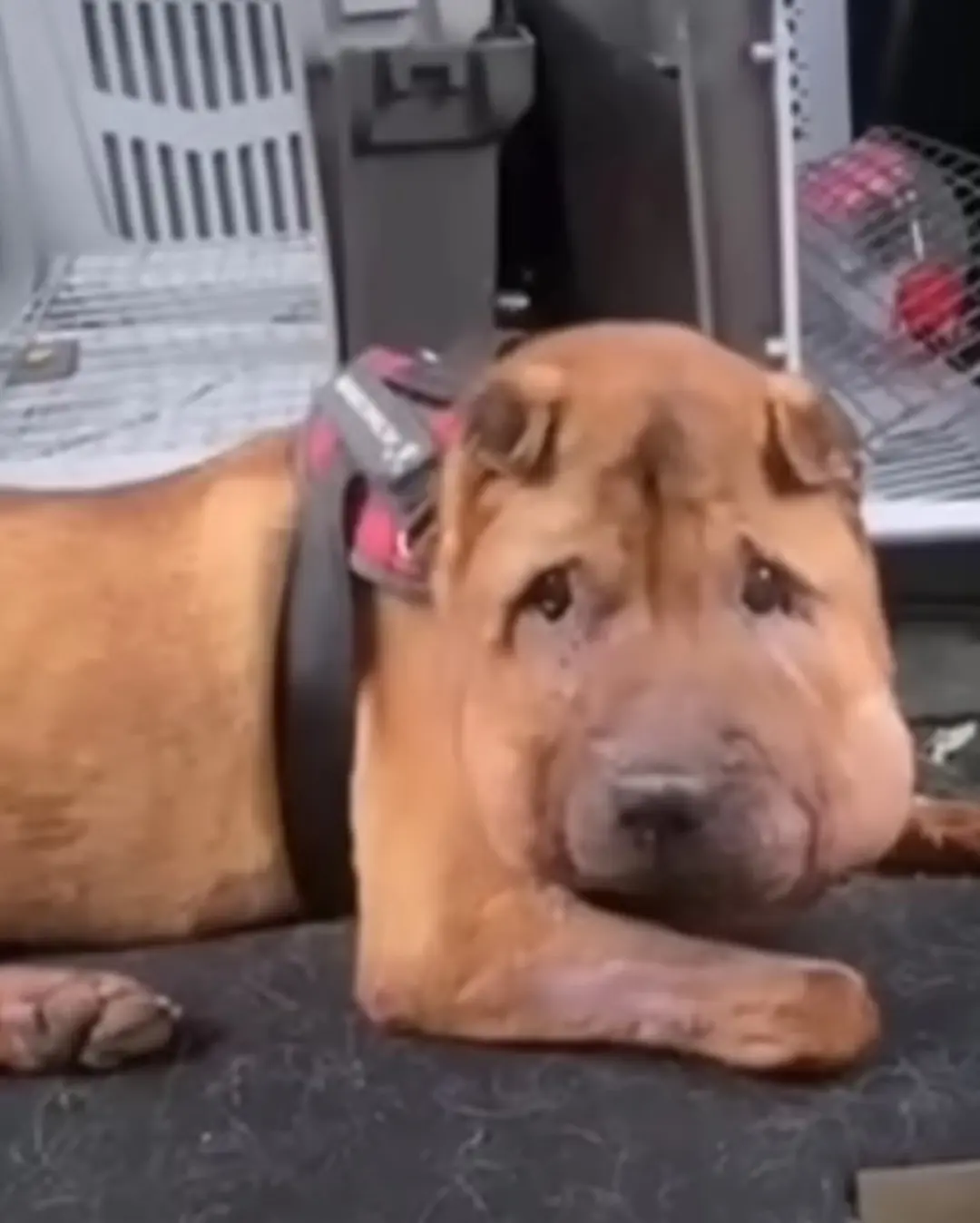
Plush’s Last Chapter: How a Dog’s Unshakable Faith Found Its Home
News Post

Redness Swelling and Warmth in One Leg

These are the signs that he is...read more
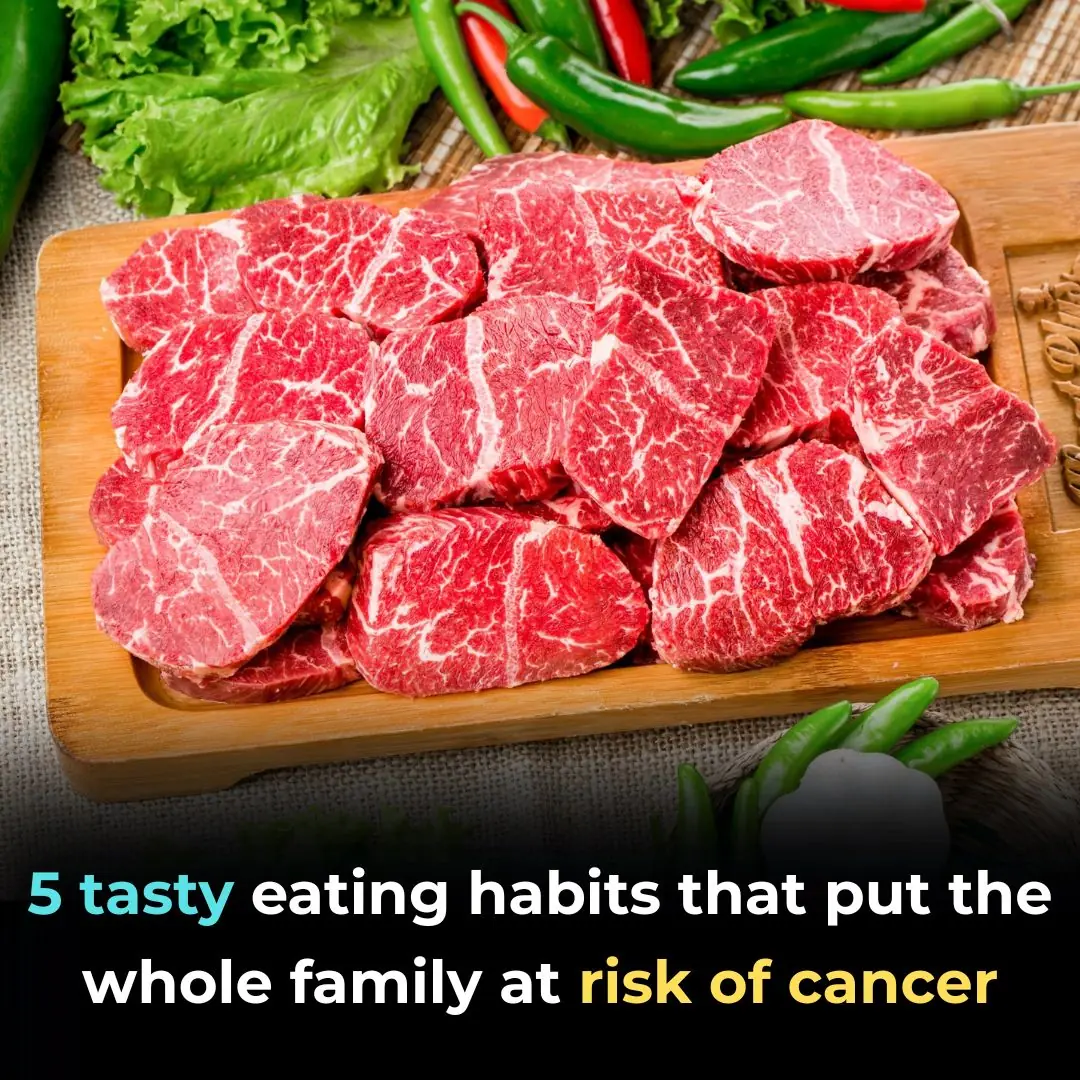
5 Tasty Eating Habits That Could Be Silent Cancer Risks for the Whole Family — Avoid Them Now

Do You Need to Unplug Your Rice Cooker After the Rice Is Done?

K Hospital Issues Warning: Daily Consumption of Processed Meats May Increase Cancer Risk – Don’t Ignore It!
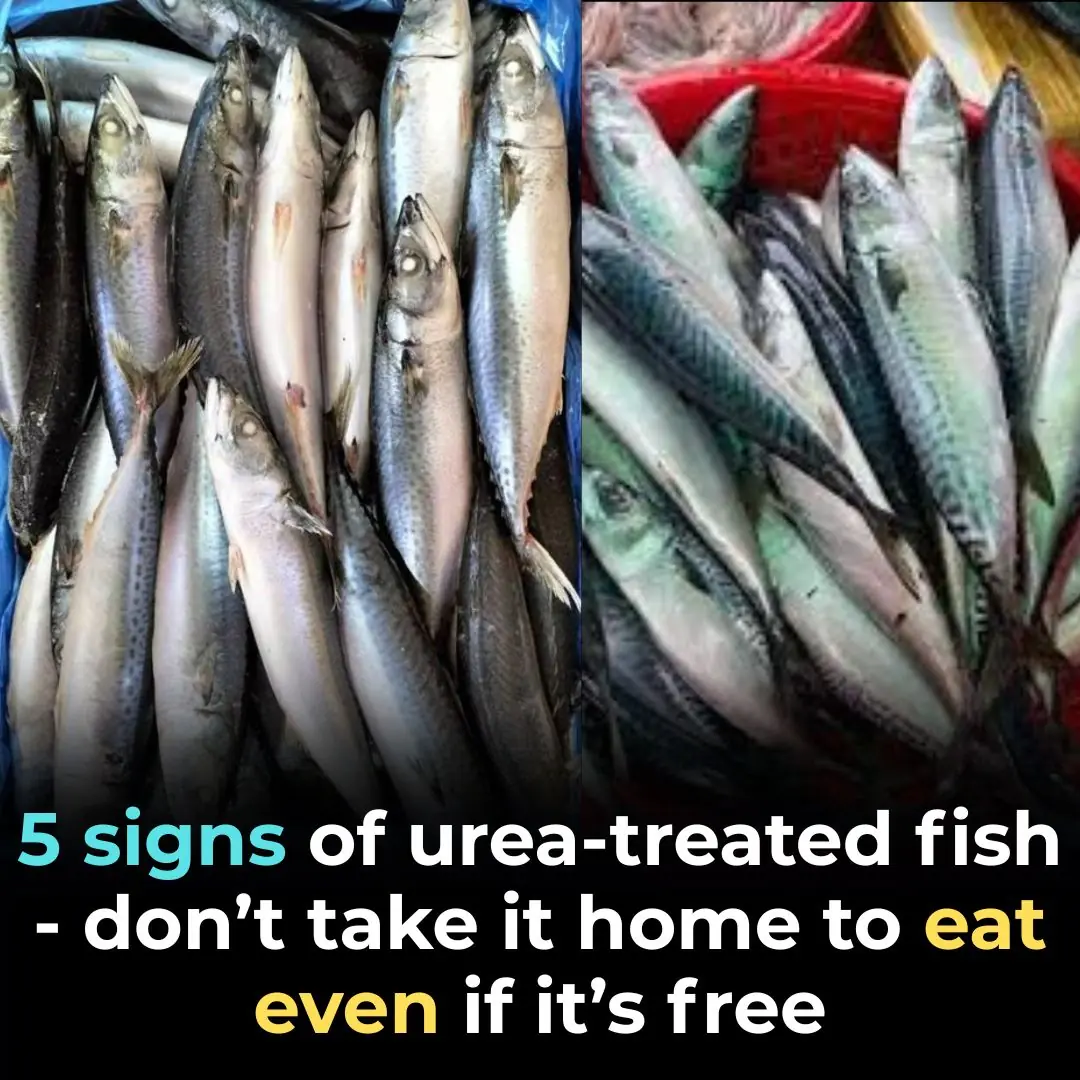
5 Warning Signs of Fish Preserved with Urea – Don’t Take It Home Even If It’s Free

Eating Chicken with Sticky Rice Is a Mistake: 5 Classic Food-Combining Errors That 9 out of 10 People Don’t Know

12 weird signs your body isn’t making enough bile—don’t ignore these!

Three Optimal Times to Drink Perilla Leaf (Lá Tía Tô) Tea—And Most People Don’t Know Them

A Chain of Kindness Across Alabama

What Is Frank’s Sign

Little Mackenzie’s Miracle: How One Tiny Fighter Gave Her Family Hope Beyond Fear

The White Miracle: How an Unwanted Albino Panda Found a Mother’s Love

The Heartbreaking Journey of a Mother's Love: A Bear's Unyielding Fight for Her Injured Cub

Celebrating Tucker Bradford’s 11th Birthday: A Story of Strength and Resilience

The Hand That Never Let Go.

A Blind Elephant’s First Embrace: The Moment Ploy Thong Found Her Family.

The Homeless Valedictorian: How One Teen Turned Pain Into Purpose.
